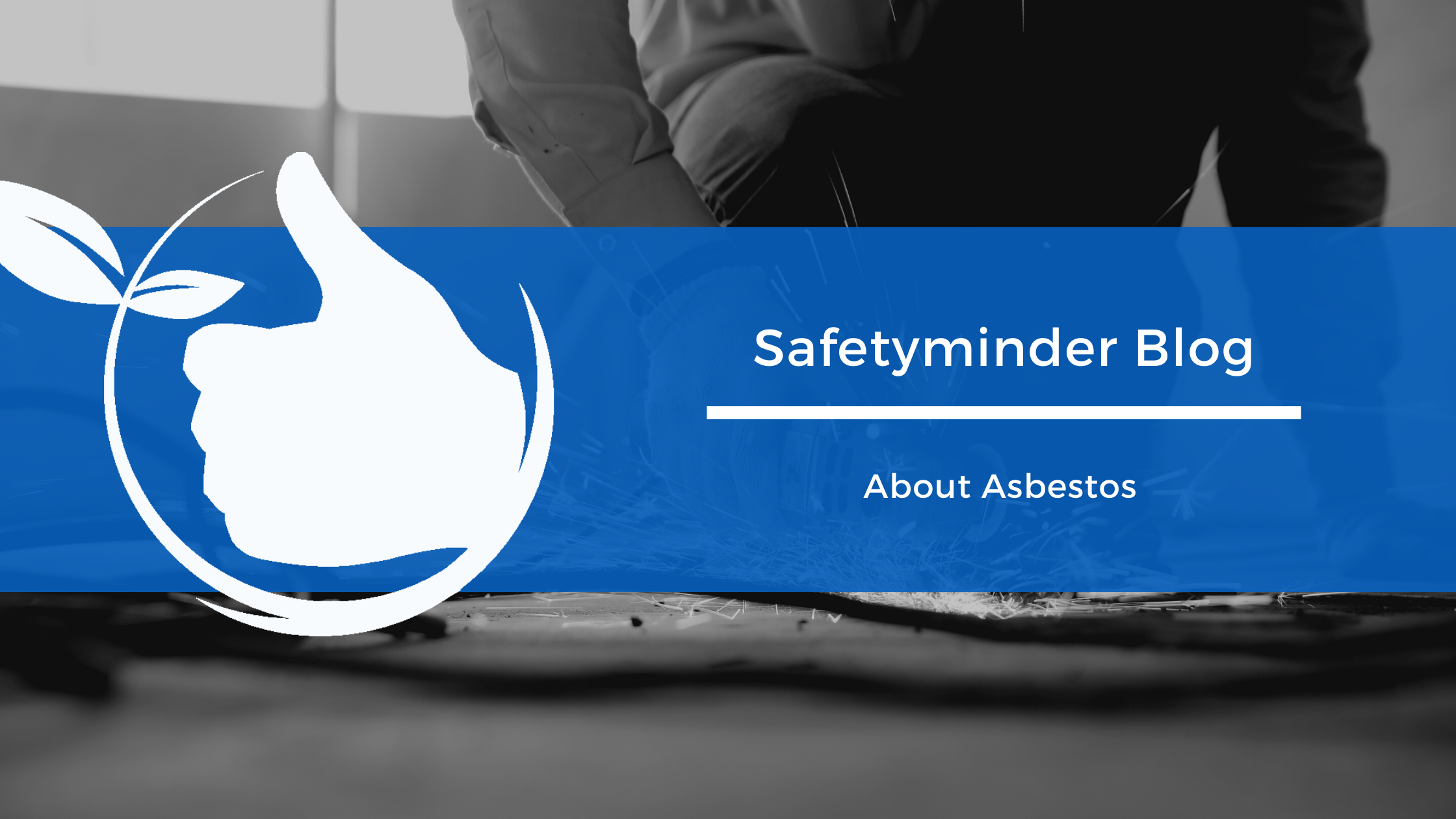
Asbestos was once used in Australia in more than 3,000 different products including fibro, flue pipes, drains, roofs, gutters, brakes, clutches and gaskets.
Asbestos becomes a health risk when its fibres are released into the air and breathed in. Breathing in asbestos fibres can cause asbestosis, lung cancer and mesothelioma.
- The risk of contracting these diseases increases with the number of fibres inhaled.
- The risk of lung cancer from inhaling asbestos fibres is greater if you smoke.
- Those who get health problems from inhaling asbestos have usually been exposed to high levels of asbestos for a long time. Symptoms don’t usually appear until 20 to 30 years after initial exposure.
A total ban on asbestos came into effect in Australia on 31 December 2003. It is illegal to make it, use it or import it from another country.
Workers must not handle asbestos unless they have been trained and hold a licence that is current and appropriate for the type of work being done.
Asbestos: a definition
Asbestos is a naturally-occurring mineral and can typically be found in rock, sediment or soil. It has strong fibres that are heat resistant and have good insulating properties.
- You can’t see asbestos fibres with the naked eye and because they are very light, they can be blown long distances by the wind.
Because of its properties, which are described as being either ‘non-friable or ‘friable’, asbestos was seen as being very useful for building products.
- Friable asbestos is a material containing asbestos that when dry, is in powder form or may be crushed or pulverised into powder form using your hand. This material poses a higher risk of exposing people to airborne asbestos fibres. Friable asbestos was commonly used in industrial applications rather than the home, although loose-fill asbestos has been found in homes in NSW and the ACT, where it was sold as ceiling and wall insulation.
- Non-friable or bonded asbestos products are solid and you can’t crumble them in your hand—the asbestos has been mixed with a bonding compound such as cement. If non-friable asbestos is damaged or degraded it may become friable and will then pose a higher risk of fibre release.